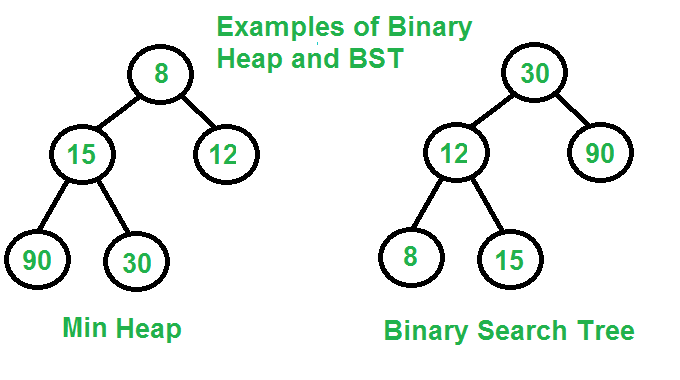

If the task doesn't execute within this time, it's moved to the end of a queue with waiting tasks.

CPU gives some amount of execution time for each task (about 10-100 milliseconds) called time slice (aka quantum). The protection is called time slicing and is the 2nd interesting concept brought by preemptive scheduler. It should mean that threads with low priority can be never executed, shouldn't it ? Yes, but scheduler has a protection against this behavior called thread starvation. In general threads have assigned an execution priority that suggests CPU to launch some of them prior to others. Context switch has an impact on execution time because it needs some time to make context operations on memory (saving stopped context, loading new one). In this process scheduler consists on saving the state of interrupted process and loading the state of launched process. It corresponds to the situation when scheduler stops executed task and triggers the execution of another task. Preemptive scheduler brings some other interesting concepts. The interruption has place with the intention to resume stopped task later. It's because currently executed task can be interrupted and replaced by other task being until now in idle state. preemptive scheduling: this strategy is more flexible than the previous one.non-preemptive scheduling: running task is executed till completion, as for example in the case of FIFO queue.To stay simple we can assume the existence of 2 scheduling strategies: The decision is made on several factors, depending on used method. They're manipulated by a thread scheduler that decides which thread is launched at given moment. Threads aren't executed without any logic. Thanks to it CPUs are able to execute different programs at the same time. of the separate unit of execution in OS) that can be executed in parallel with other subdivisions. Officially it's a subdivision of a process (i.e. Thread schedulerīefore going into details, let's define a thread. The last part shows some exploited concepts (priorities, yielding) through test cases. The second part concerns Java and explains how Threads interact with OS threads. Its first part focuses on general computer science definitions.


 0 kommentar(er)
0 kommentar(er)
